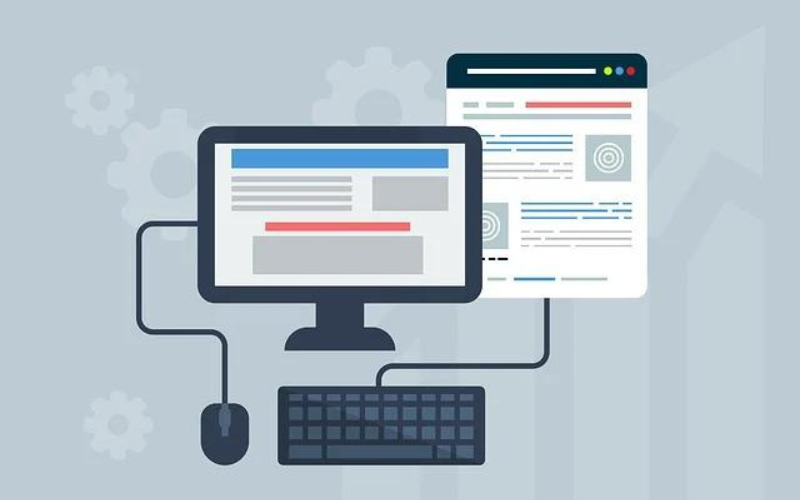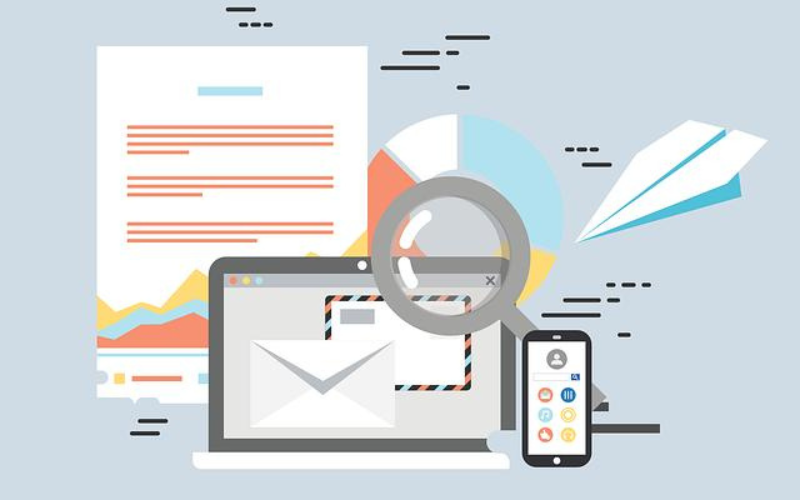Python, a programming language that’s both versatile and powerful, has become extremely popular among software engineers. Its simplicity, and readability. and comprehensive library support make it an excellent option for automating tasks. In this article, we will delve into the ten applications of Python in developing automation tools. Whether you are new to programming or an experienced developer, these real-world examples will demonstrate how Python can be leveraged effectively for automation purposes.
1. File And Folder Manipulation
Python offers libraries such as OS which enable programmers to automate operations concerning files and directories. Using Python, one can effortlessly perform tasks like creating, deleting, copying, moving, and renaming files and folders. This is particularly useful when dealing with a large number of files or when organizing them based on specific criteria.

2. Web Scraping
Pythons’ simplicity, coupled with tools like BeautifulSoup and Scrapy, makes it an excellent option for web scraping. With Python, you can quickly gather information from websites and automate data collection processes. Carry out tasks such as price monitoring or trend analysis. However, it is crucial to approach web scraping responsibly and adhere to website policies to maintain practices.

3. GUI Automation
Python provides developers with libraries such as PyAutoGUI and Selenium, which allow them to automate tasks related to graphical user interfaces (GUI). By writing scripts, you can control mouse movements, simulate keyboard inputs, and interact with GUI elements. This feature proves valuable in automating actions within applications or web browsers.

4. Database Operations
The Python standard library consists of modules such as SQLite3, along with libraries like SQLAlchemy, which make database operations more straightforward. With Python, you can automate tasks like extracting, transforming, and loading data (ETL), migrating data between databases, or creating reports. The simplicity and readability of Python make it a convenient choice for working with types of databases.

5. Email Automation
The smtplib library in Python enables you to automate the sending and receiving of emails. It empowers you to create scripts to send emails, and email notifications. or handle incoming emails. Additionally, Python’s built-in email library provides features for parsing and composing email messages, making email automation a seamless process.

6. Task Scheduling
Python’s schedule and APScheduler libraries enable you to schedule and automate recurring tasks. You can write scripts to execute specific functions at predefined intervals or particular times. This is useful for automating regular maintenance tasks, generating reports, or performing backups. By leveraging these libraries, you can ensure essential tasks are executed automatically without manual intervention.

7. Network Automation
Paramiko and Netmiko are two Python libraries that offer capabilities for automating network-related tasks. These libraries enable you to automate activities like configuring network devices, gathering data, and monitoring network performance. Python’s wide range of functionalities and user-friendly nature make it an ideal programming language for implementing network automation solutions. By leveraging these libraries, you can optimize your network management procedures. Minimize the need for configuration, saving valuable time and effort.

8. Testing Automation
Writing automated tests for your software projects is made simple by Python pytest frameworks. These frameworks allow you to automate test case execution, generate reports, and conduct regression testing. Python offers a range of testing libraries and frameworks that guarantee the quality and dependability of your software. Automating the testing process helps you detect and resolve issues at a stage in development, ultimately saving time and resources.

9. System Monitoring
The psutil library in Python enables you to keep track of system resources like CPU usage, memory consumption, and disk space. It allows for automating the collection of system metrics, generating reports, or triggering actions based on conditions. Thanks to Pythons platform compatibility, it can be used for monitoring systems on different operating systems. By automating system monitoring, you can take an approach to identify and resolve performance bottlenecks, optimize resource allocation, and ensure the functioning of your plans.

10. IoT Automation
Python’s ease of use and wide range of libraries make it an excellent option for automating Internet of Things (IoT) devices. With Python, you can create scripts that manage sensors, gather data, and engage with platforms. Python’s versatility enables you to automate a wide range of IoT applications, from home automation to industrial monitoring. By leveraging Python for IoT automation, you can enhance efficiency, improve data collection, and enable seamless integration between IoT devices and other systems.



















